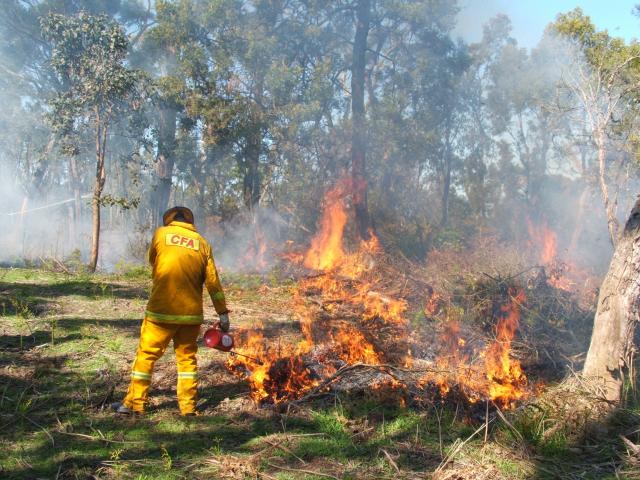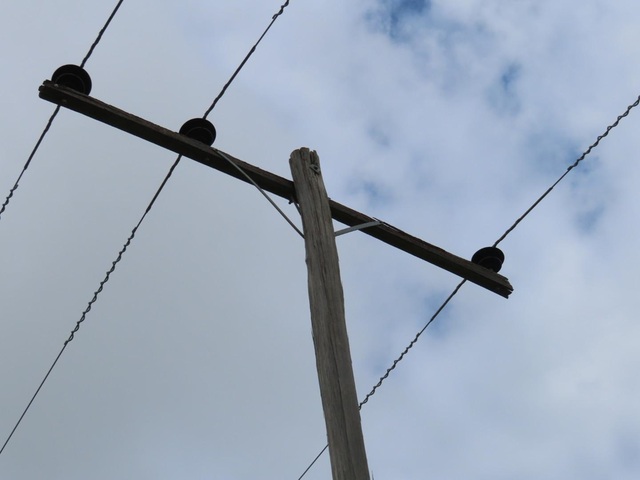Inner-west residents will be spared an above-inflation rise in their council rates despite claims that capping increases will rip about $140 million out of Hobsons Bay and Maribyrnong council budgets in the next decade.
Hobsons Bay’s current average rates bill of $2386 and Maribyrnong’s of $2257 are already the third and fourth highest averages in the state, well above the $1819 statewide average.
Local government minister Natalie Hutchins said capping the annual rate increase at 2.5 per cent from July would improve the transparency and accountability of Victorian councils.
“The fair-go rates cap doesn’t stop councils from taking on new projects,” Ms Hutchins said. “Instead, it ensures councils are listening to local residents and responding to their needs.”
Hobsons Bay mayor Peter Hemphill said he expected the council’s approach would be to see how things went in the first year under rate-capping.
“Council has already been reducing its running costs over recent years, which have put it in a reasonable position to be able to maintain current service levels to the Hobsons Bay community in a rate-capped environment, certainly over the first couple of years,” he said.
“Rate-capping will rip about $60 million in revenue out of [the council’s] conservatively set 10-year plan. That will affect future investment in sporting facilities, ageing infrastructure such as drains and roads, and services we provide.”
He said Australian Taxation Office data showed that council rates and charges accounted for less than 3.5 per cent of the total taxation revenue collected by all three tiers of government in Australia.
Maribyrnong council notified the Essential Services Commission earlier this year it was considering applying for an exemption to the rates cap.
But mayor Cameron McDonald and chief executive Stephen Wall told last Tuesday night’s council meeting the council would abide by the 2.5 per cent rise cap.
Mr Wall said the council would need to prioritise spending so infrastructure could be adequately maintained and renewed.
“The estimated revenue lost against the long term financial strategy is calculated to be in the vicinity of $1 million … in the first year,” he said. “Our predictions show that rate-capping will create a loss of more than $80 million over 10 years, which will have a major impact on council’s ability to deliver services at what we would consider an acceptable level.”
with Goya Dmytryshchak






